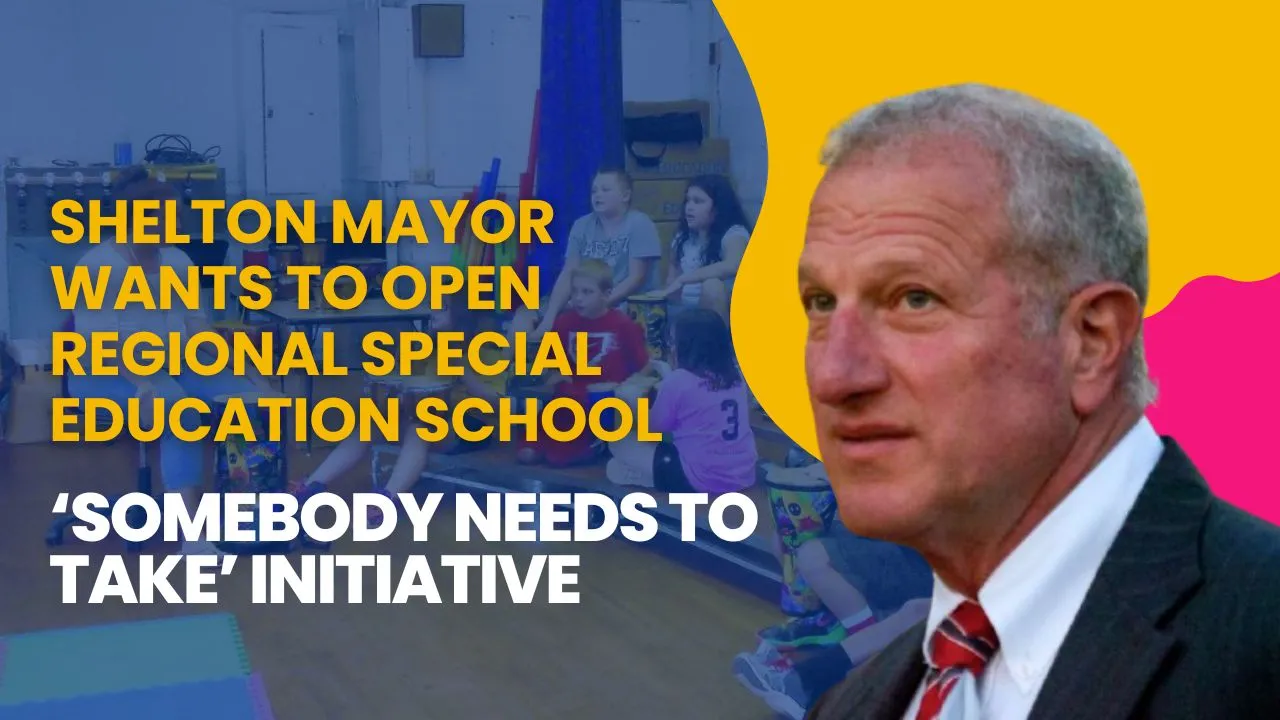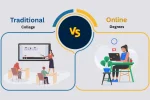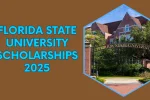Shelton Special Education School: Towards the end of June 2025, Shelton Mayor Mark Lauretti put forward a powerful proposal that has caught the attention of educators, parents, and policymakers alike. His vision: building a regional special education school to serve both Shelton and neighboring districts. As out-of-district placements have ballooned in cost—often exceeding hundreds of thousands of dollars per student annually—the mayor believes it’s time to pivot toward a communal, cost-effective, and inclusive solution. By bringing these resources home, families gain consistency while districts gain financial stability.
Mayor Lauretti’s leadership comes at a critical moment when traditional approaches are straining under economic pressure. Instead of continuing to pay exorbitant out-of-town tuition and transport, Shelton could host a centralized facility that delivers quality education in a familiar setting. The initiative strikes a balance: it addresses rising special education costs, reinforces community bonds, and offers a replicable model for regional collaboration.
Shelton Special Education School:
The Shelton Special Education School proposal reflects meticulous planning and strategic foresight. Anticipated to launch in the 2026–27 school year, the initiative begins with a $300,000 seed investment already approved in the city budget. Following site assessments later this summer, the school could open in either the former Old Ripton School or classrooms at St. Lawrence Church—whichever proves more practical and cost-effective. Mayor Lauretti has called for inter-district agreements to shape staffing, student enrollment, and shared funding. If this regional collaboration moves forward, the city stands to redefine how local governments and school districts partner to deliver powerful, equitable outcomes for students with special needs.
Overview Table of Regional Special Education School Plan
| Key Component | Details |
| Funding Secured | $300,000 included in Shelton’s 2025–26 budget |
| Target Launch | 2026–27 school year |
| Potential Sites | Old Ripton School; St. Lawrence Church classrooms |
| Focus Areas | Special needs instruction; cost containment; shared district resources |
| Administrative Leaders | Local superintendents and specialist teams |
| Current Cost Challenge | Rising out-of-district tuition + transportation expenses |
| Potential Savings | Shared protocol, reduced overhead, local instruction |
| Precedent Example | Shelton Pathways Academy—saving ~$300K/year |
Why Special Education Costs Are Rising
Across Connecticut, schools are grappling with surging special education costs, primarily attributed to placing students in specialized institutions outside their home districts. Annual expenses for tuition, transport, and staffing can hit six-digit figures per student. Shelton’s recent need to dip into its $1.3 million reserve fund is evidence that current funding models are becoming unsustainable. Without fresh solutions, districts could face budget crises that ultimately affect all students. A regional facility, shared by multiple districts, can:
- Keep students in their communities
- Cut back on expensive travel
- Pool specialized staff for efficiency
- Offer scalable programming tailored to diverse needs
Facility Options: Ripton School vs. St. Lawrence
Two promising locations have emerged, each with its own strengths and challenges:
Old Ripton School
- Pros: Previously served over 100 special-needs students across 13 towns—familiar roots.
- Cons: Will require renovations to meet current codes and accessibility standards.
St. Lawrence Church Classrooms
- Pros: Minimally retrofitting required; classrooms already built.
- Cons: Requires formalizing an agreement with church authorities.
Each site would feature sensory-supported classrooms, therapy spaces, counseling centers, and adaptive learning tech—key infrastructure for success.
Bringing Districts Together
Mayor Lauretti has begun discussions with Shelton Superintendent Ken Saranich and leaders of neighboring districts. These preliminary talks cover vital domains: student assignments, budget sharing, transportation logistics, and staffing responsibilities. A successful regional model depends on mutual investment—each district contributing financially, strategically, and operationally to ensure that students receive the services they deserve, without burdening any single community. As state-level education reform emphasizes collaboration, Shelton’s approach could serve as a template for other municipalities weighing regional strategies.
Learning from Shelton Pathways Academy
Shelton has already piloted a successful alternative model in the form of the Pathways Academy. Located on-site at Perry Hill School, this program caters to high-schoolers with specialized needs and offers a more flexible environment than traditional settings. It has saved the district approximately $300,000 annually by keeping students local. The Pathways model provides practical confirmation that high-quality, cost-effective alternatives are possible. The proposed regional school aims to scale this success and bring it within closer reach.
Support and State Grant Potential
Mayor Lauretti is positioning the regional school to take advantage of Connecticut’s Special Education Excess Cost grants, which kickstart innovative district collaborations. By front-loading city funding, Shelton improves its ability to secure matching grants—creating a sustainable structure that can handle operating expenses from the start. The regional format aligns with state guidelines and offers both financial and educational benefits, making it an attractive candidate for expanded funding.
Looking Ahead: Steps Toward Opening
To make this vision real, several key actions lie ahead:
- Site Inspections – Teams will assess both Old Ripton and St. Lawrence sites this summer.
- Inter-District Agreements – Formal memoranda will outline cost-sharing, student placement, and oversight.
- Curriculum Development – Specialists will design inclusive, individualized education plans that reflect student needs.
- Public Forums – Parents, educators, and community organizations will be invited to shape vision and strategy.
- Grant Applications – The administration will apply for state grants to support facility readiness and staffing.
By autumn 2025, Shelton aims to finalize partnerships and confirm the location. Equipment, staffing, and programming will be ready by spring 2026—with a soft launch in time for the new school year.
FAQs
1. What’s the main goal of the regional special education school?
To deliver high-quality, local education for students with special needs, while reducing the financial burden on communities by avoiding costly out-of-district placements.
2. When is the school expected to open?
The target launch is the 2026–27 academic year, aligning with state grant timelines and construction schedules.
3. How will Shelton and other districts benefit?
Each district gains access to tailored services at scale, while cutting major expenses related to tuition and travel.
4. Which locations are being considered?
Former Old Ripton School and St. Lawrence Church’s repurposed classrooms are the two leading options for the site.
5. Who will attend the regional school?
Students with identified special needs from Shelton and partnering districts will be eligible, based on agreed criteria and educational plans
Final Thought and Call to Action
Mayor Lauretti’s Shelton Special Education School proposal is more than a budgetary fix—it’s a commitment to student-centered, community-based education. If districts collaborate, state funding aligns, and families engage, Shelton could lead a transformation in special education that other cities emulate.
Your involvement matters. Attend upcoming public forums, advocate for the regional initiative, and encourage neighboring districts to participate. Together, we can create a future where all students receive powerful support close to home.
Take action today. Let’s build a special education solution that’s community-driven, cost-conscious, and inclusive—for every child in every district.















